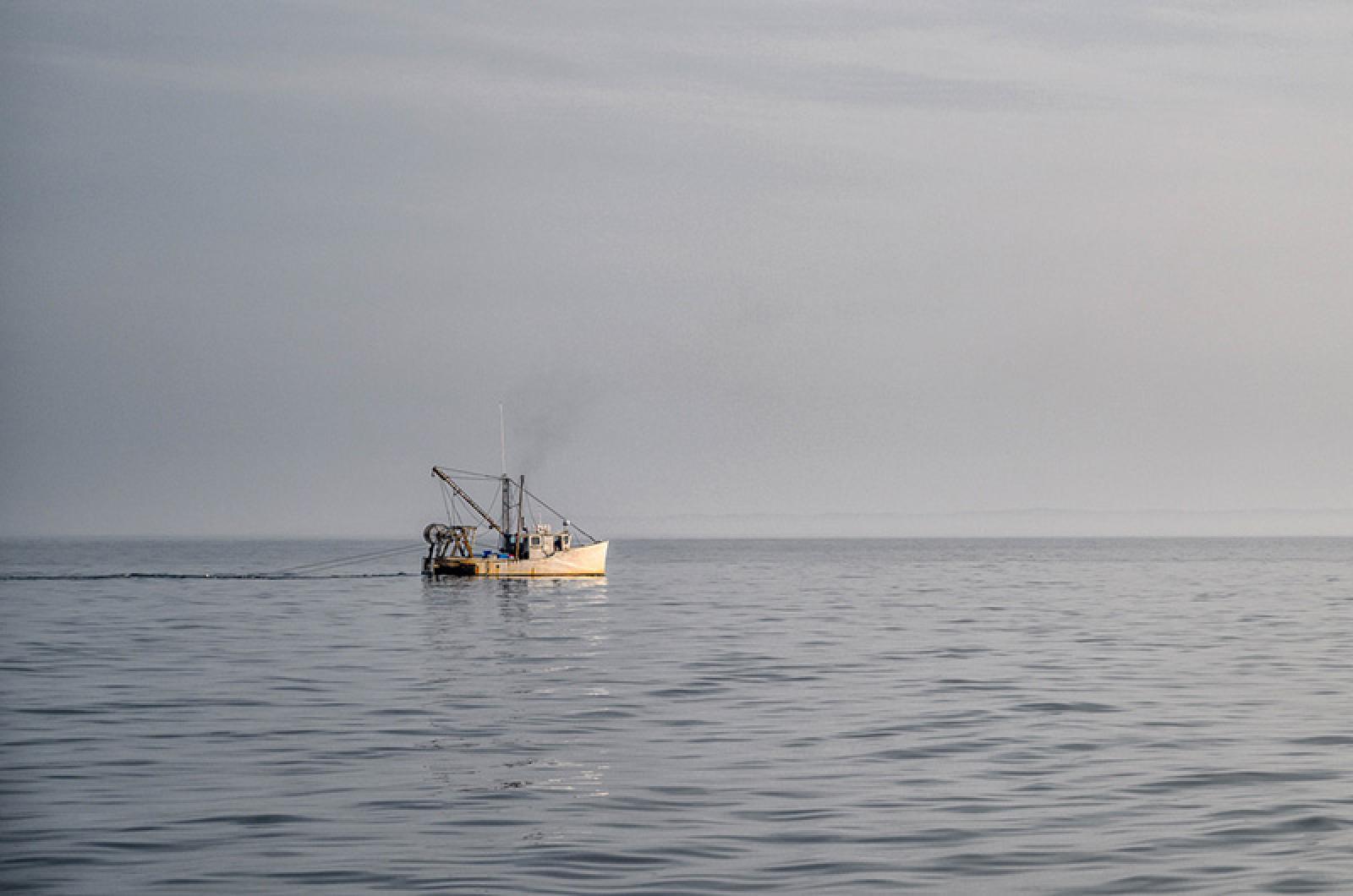Vineyard Wind, which plans to build the country’s first industrial-scale offshore wind farm 15 miles south of the Island — has cleared a major hurdle on the road to development with the release of a long-sought environmental impact statement.
The supplemental environmental impact statement, published on June 10 by the Bureau of Ocean Energy Management, examines the effects of the project in the context of “reasonably foreseeable offshore wind development” along the Atlantic coast using new fishing data and previously unanalyzed project alternatives. Earlier environmental impact statements have only analyzed the Vineyard Wind project individually.
A 45-day public comment period on the supplemental statement is now open.
While BOEM rated the direct and indirect impacts of the 800-megawatt, 80-turbine development on coastal habitats, terrestrial and coastal fauna, marine mammals, seafloor resources, essential fish habitat and sea turtles as negligible to moderate with potential benefits, the report noted that impact on the commercial fishing industry could be more dramatic and adverse.
The impact on local commercial fishing from the Vineyard Wind project was rated as moderate, while the report predicted that the cumulative impact on all offshore wind development planned for the next decade could be major.
“The proposed action would contribute . . . permanent impacts from the presence of structures [cable protection measures and foundations], including navigation hazards, gear loss and damage, and space use conflicts,” the report says. “Thus, the overall cumulative impacts on commercial fisheries and for-hire recreational fishing qualifies as major because the fishing industry would experience unavoidable disruptions beyond what is normally acceptable.”
The report takes note of mitigation steps already taken by Vineyard Wind, including financial compensation for fishermen and uniform spacing and layout across adjacent wind projects. Vineyard Wind also has proposed job creation in the region.
Originally scheduled to begin construction in early 2020, the $2.8 billion project has been mired in federal permitting delays for much of the past two years after stakeholders, including commercial fishing interests, the National Oceanic and Atmospheric Association and the Trump administration, put the brakes on the project by requesting regulators examine the cumulative impacts of all offshore wind development across the Atlantic coastline.
The Vineyard Wind development is only the first of 16 of planned commercial offshore wind farms that will likely stretch from North Carolina to Maine over the next 10 years, resulting in 22 gigabytes of wind energy generation and the construction of 2,000 wind turbines, according to the report.
But the recent release of the supplemental environmental impact statement now allows the project to take a step forward, including a major step toward construction, tentatively scheduled for early 2021. A final environmental impact statement is scheduled to be released on Dec. 18, which would clear way for the project to break ground on the seafloor.
The project has hit its fair share of local permitting snags as well. Although two undersea cables that will connect the wind farm to mainland Cape Cod were approved by the Martha’s Vineyard Commission in early 2019, the Edgartown conservation commission denied the cables last summer after hearing concerns from dozens of local commercial fishermen. The two sides later settled, with Vineyard Wind promising to conduct regular impact studies and monitoring on benthic habitat.
Mayflower Wind, which has hopes to develop the second the commercial offshore wind farm about 25 miles south of the Island, is looking to begin its permitting process later this year. The Edgartown conservation commission extended its jurisdiction farther off the coastline at the recent annual town meeting to ensure the project’s cables fell under their purview.
In a collective emailed statement this week, Vineyard Wind and the four other offshore leaseholders south of the Island, including Mayflower Wind, hailed the release of the supplement report as a “significant milestone.”
“We’re pleased that the document, while clearly outlining both positive and negative impacts of a future buildout of projects, also makes clear that there is much that can be done to ensure the positive outweighs the negative,” it says in part.
A spokesman for Vineyard Wind, Andrew Doba, declined to comment specifically on the major impacts the report identified for the commercial fishing industry. Officials for Vineyard Wind have noted that the impacts identified in the report refer to the cumulative impact of all offshore wind development, and not just one project.
But in an email Annie Hawkins, executive director for the Responsible Offshore Development Alliance, which lobbies with federal agencies for fishing interests, expressed concern about the major impacts the report identified for the commercial fishing industry. She said fishermen have voiced fears outlined in the report for years and that the impacts need to be mitigated with robust science.
“These impacts must be fully minimized and mitigated to preserve the region’s sustainable seafood production,” Ms. Hawkins wrote. “The SEIS analyzes the cumulative impacts of multiple wind energy projects with an unprecedented footprint across the seabed, water column, and atmosphere based on a thin scientific record. There remains great uncertainty about the ecological, economic, and safety effects of these new industrial uses.”
The 45-day public comment period on the SEIS is now open, with five virtual public hearings scheduled for the next month. The first hearing will take place on Friday at 5 p.m. and can be accessed through a link on BOEM’s website.







Comments (19)
Comments
Comment policy »